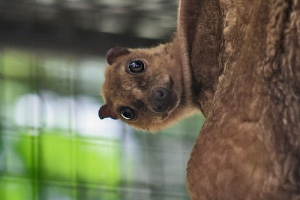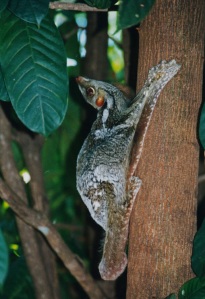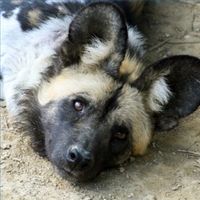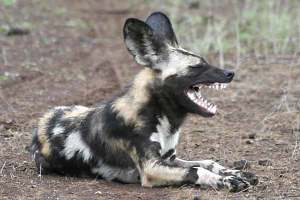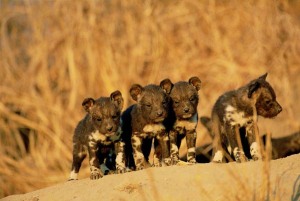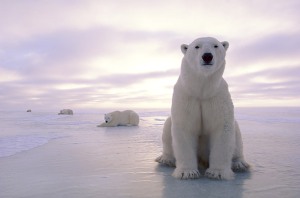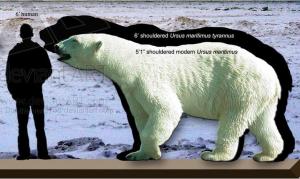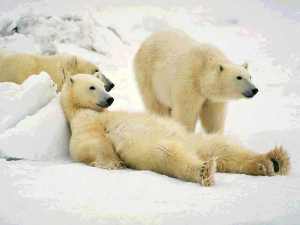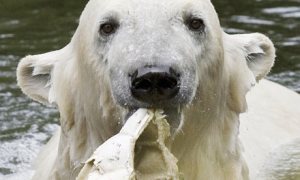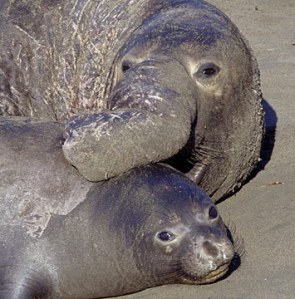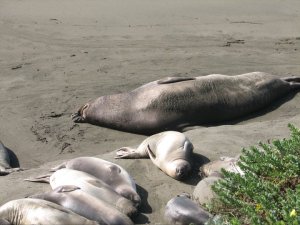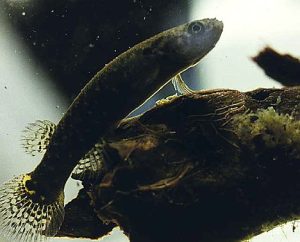What is the exceptional animal blog about?
The Journal of Animal Exceptionalism is a showcase of exceptional animals. We discuss what makes each animal exceptional in each blog entry. Exceptional traits can include size, markings, methods of reproduction, unique behaviors, or anything else that marks an animal as outstanding. In our first blog entry, we felt that it was important to discuss what an animal is before discussing our first exceptional animal.
What is an animal?
Life on Earth is made up of organisms that have at least one cell and can reproduce and ingest nutrients in some fashion. Life is currently divided into five kingdoms according to a taxonomic (hierarchical) classification system. This system has several major levels. Listed from largest groups at the top level of the hierarchy to the smallest groups at the lowest level of the hierarchy, the levels are: Kingdom, Phylum, Class, Order, Family, Genus, and Species. These levels in turn may have sub- and super- hierarchies, such as sub-family, super-class, etc. An individual animal is typically defined at the species level, which is the level at which all members can inter-breed. In some cases, animals of a different genus may be able to inter-breed, such as lions and tigers or horses and donkeys, however the offspring, ligers and mules for example, will always be sterile. In some cases animals that we think of as distinct are actually classed as sub-species, because they may inter-breed and their offspring is not sterile. One example of distinct sub-species such as the aforementioned is dogs and wolves.
There are five kingdoms of life on Earth: Animals, Plants, Fungi, Protists, and Monerans. Plants are mulitcellular organisms that use light to grow and repair themselves. Fungi are (usually) multicellular organisms that do not ingest food but break organic matter down by means of microscopic threads that spread through their food. Protists are single-celled organisms that have a more complex internal structure than bacteria. Structures called organelles carry out different tasks, such as breaking down food or removing waste. Monerans, or bacteria, are single celled organisms that do not possess organelles. Animals, the subject of this blog, are multicellular organisms that ingest food. Animals can move all or parts of their bodies, and they generally possess a fairly complex nervous system to detect danger and search for food.
The animal kingdom is the most varied of all the kingdoms, consisting of at least two million species. 97% of all animal species are invertebrates, which are animals that lack a backbone. Half of these animals (approx. 1 million) are insects, making the class Insecta the most successful animal class (ranking by species number) in the entire kingdom by far. Most of the animals we recognize exist in comparatively small numbers and with much less variability than those of the invertebrates.
Classification is difficult, and there are still controversies over the classification of even such well understood classes as mammalia (mammals). Some scientists believe that sea lions deserve their own order, while others believe that they should be grouped under carnivora (carnivores). There is even a controversy surrounding the major kingdoms of life itself. Scientists have proposed three super-kingdoms (Archaebacteria, Eubacteria, and Eukaryota. Eukaryota consists of organisms with complex cells: Protists, Fungi, Plants, and Animals. Archaebacteria and Eubacteria divide Monera based on chemical and physical differences between the cells. In this case, the tiger (for example) would have a full classification of: Eukaryota (complex cells) – Animalia (mulitcellular food ingestors that move)– Chordata (animals with a backbone, or vertebrates) – Mammalia (mammals, or animals that have hair, give birth to live young, and produce milk) – Carnivora (carnivores, or animals that have specialized teeth for eating meat) – Felidae (short skulls and well developed claws) – Panthera (cats that can roar) – Tigris (a cat with a striped coat as an adult).
We hope that you will enjoy the Journal of Animal Exceptionalism!
Posted in animal, archaebacteria, bacteria, canis lupus familiaris, canus lupus lupus, carnivora, chordata, class, Definitions, dog, donkey, Equus africanus asinus, Equus ferus caballus, eubacteria, eukaryota, family, felidae, fungi, genus, horse, insecta, invertibrate, kingdom, liger, lion, mammal, mammalia, monera, mule, order, Otariidae, Panthera leo, panthera tigris, phylum, plant, protist, sea lion, species, taxonomy, Tiger, wolf

